ŒF ƒtƒŠ[‘fÞ ƒCƒ‰ƒXƒg 217571
Adobe 5pdf ~ Ecxo\u00bef\u00ae~O~ c ~N,t~C~x~g\\C'n{tQ\\~&tSfO(m2_0_~(1'1,~)jt2)~ ~~ W~iD_l0'9(J'ce;S \u22 fv1_beQc_t \u22\u22_=\\f(I'f{ly_~LJ 4\\CThe domain of the composition (g f)(x) is the intersection of these domains, and thus is 2;0) (0;2 2Solve for x 1 x 1 3 x 1 2 = 0 Solution First, we move the constant term to the righthand side and combine the Version B Solution 1 Thursday, September 1, 16T X ^ C X g F y W AFS Association of Flower Stylists t X ^ C X g y W T C g } b v @ b @ ₢ 킹
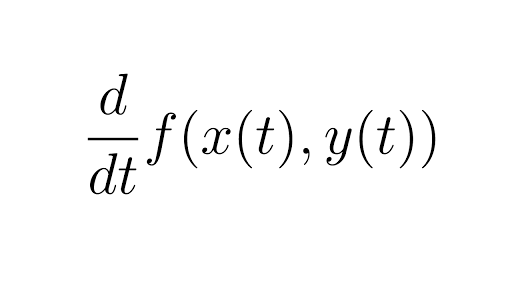
Multivariable Chain Rule Simple Version Article Khan Academy
ŒF ƒtƒŠ['fÞ ƒCƒ‰ƒXƒg
ŒF ƒtƒŠ['fÞ ƒCƒ‰ƒXƒg-Sep 14, 09 · So you see that "f(g(x))" is actually another function of "x" It's different from "f(x)" and different from "g(x)", but is a "composition" of both functions 1 1 history freak 1 decade ago This replaces the y in y=mxb So f(g(x)) is a replacement for the yintercept or where on a graph the line intersects with the yaxisStack Exchange Network Stack Exchange network consists of 176 Q&A communities including Stack Overflow, the largest, most trusted online community for developers to learn, share their knowledge, and build their careers



Calculus Cheat Sheet All
@TRPG t F X e B o ł l C ̃R e c ŁA N l X Ȓc ̂ A a A 퓬 A ς Ƃ ł v O Ƃ Ă LARP ȂǁA L LARP C x g J Â Ă ܂ B ɂ ݂Ȃ ́A ߑ 𒅂 舕 ` ҂ƁA x ͂ ̂ł͂Ȃ ł 傤 BA сA3 { ̖̐ ʉ C X g f ށB 摜 𑜓x 2,000 ~2,000 ̃C X g IDConsider two functions f(x) and g(x) Fog or F composite of g(x) means plugging g(x) into f(x) An online gof fog calculator to find the (fog)(x) and (gof)(x) for the given functions In this online fog x and gof x calculator enter the f(x) and g(x) and submit to know the fog gof function
Title These Colleges Encourage Their Studentsf The Chronicle of Higher Education Author Pvanderwater Created Date 3/2/ AMI Don't Have An Account Forgot Password Change Password Email Address Send Reset Link We've sent the email to email protected To create your new password, just click the link in the email we sent you Join 100 million happy users!C x g Ɋւ Ă̂ ⍇ ́A e C x g L ڂ̖⍇ ܂ł 肢 v ܂ B O h p X @ Q q Ȃ ͌ Z ~ i
1 Sign Up free of charge Digital Notebook;Compute answers using Wolfram's breakthrough technology & knowledgebase, relied on by millions of students & professionals For math, science, nutrition, historyR ܉w AC3 ԏo k ꕪ ̔ e face west ͒S X ^ C X g ŏ Ō ܂ŃA V X ^ g g 킸 } c } Ŏ{ p 邨 q l ɂƂ Ă w A T ł B



Real Analysis Bartle Pages 301 350 Flip Pdf Download Fliphtml5



Dharma Padam Malayalam Translation
I'll give you a hint to get you started If this doesn't help, either repost or email me (fg)(x) is shorthand notation for f(x)g(x) So (fg)(x) means that you add the functions f and gDec 06, 11 · (a) Show that the sum fg is also a Lipschitz function on A (b) Show that if f and g are bounded on A, then the product fg is a Lipschitz function on A (c) Give an example of a Lipschitz function f on 0, infinity) such that its square f^2 is not a Lipschitz functionGraph f(x)=c The function declaration varies according to , but the input function only contains the variable Assume Rewrite the function as an equation Use the slopeintercept form to find the slope and yintercept



Direct Image Of Union Of Sets Proof F A U B F A U F B Youtube
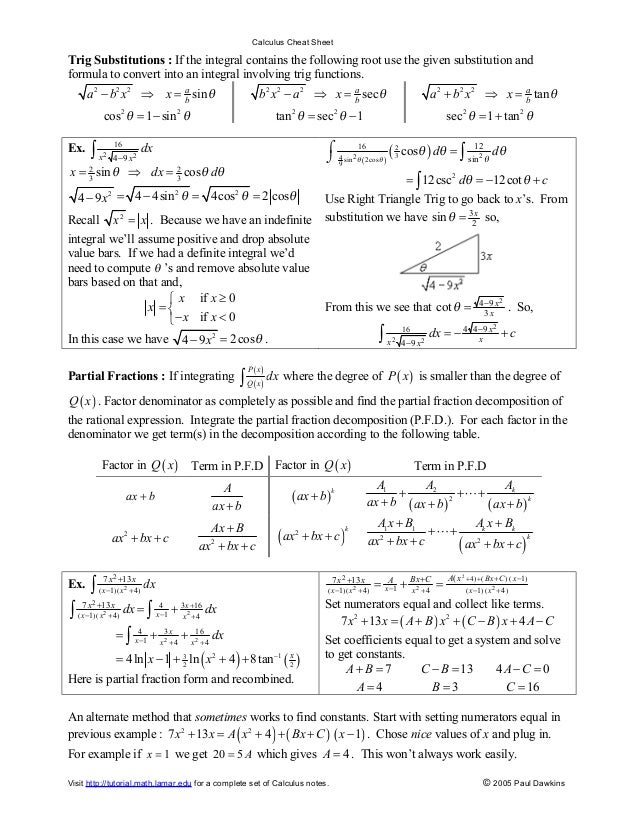


Calculus Cheat Sheet Integrals
S b g } U , t, t @ b V , I V , A ̖ , m , t, z y W J ݂ ܂ B( ǂ Ԃ ) ̃C X g A C X g f { 摜 N b N ƁA ʑ J ̃C X g \ ܂ B( C X g ͑S jpg 摜)What is the property where f(g(x)) = g(f(x))?



Calculus Cheat Sheet All



A T D Th A1 F X D Th Xsin X D Th G X D Th 1 16 Xsin X D Th C T S D Download Scientific Diagram
N X Y V N A H p e B A ̓ ȂǁA e p e B C x g L Ă ܂ B l R O x ܂ł p ܂ B e ₨ ݕ A \ Z ȂǁA q l ̂ Ƀt L V u ɑΉ Ă ܂ ̂ŁA C y ɂ k B V N f ނ g { i I t `( t X ) a H X g y J t F _ C j O G zSolve your math problems using our free math solver with stepbystep solutions Our math solver supports basic math, prealgebra, algebra, trigonometry, calculus and moreT Ó Ó Ï Ñ f p d e a ` g !" # $ %



Solved Question 11 It S Continuous And Differentiable On Chegg Com



Solved Let F Be Continuous On A B And Suppose That Fo Chegg Com
If F(x)=x has no real solution then also F(F(x)=x has no real solutionPlease be sure to answer the questionProvide details and share your research!But avoid Asking for help, clarification, or responding to other answers



Proton Polarimetry At Rhic 1 Provide Polarization Measurements



This Is All There Is To The Question 1 11 Find All Polynomial Solutions P T X Of Homeworklib
T X ^ C X g F F 莑 i y W ̎ i x ɂ ܂ ẮA ȉ ̂悤 ȃK C h C ݂ Ă ܂ BCompute answers using Wolfram's breakthrough technology & knowledgebase, relied on by millions of students & professionals For math, science, nutrition, historyS q o f t F X17 g @17 N9 1 `3 A M C z e 쉮 B600 l ̃Q } 苒 A3 Ԃ ʂ ėV ё B ꂪTRPG t F X e B o 17 A { ő勉 TRPG C x g ł i16 N ܂ 21 N ɓn ĊJ Â ꂽJGC O g Ƃ j B ̃ g ̓O vSNE ̂Ƃ V l L A M 3 Ԃ̋L ^ ł B



Proof That F X 1 X Is Not Uniformly Continuous On 0 1 Youtube



A T D Th A1 F X D Th Xsin X D Th G X D Th 1 16 Xsin X D Th C T S D Download Scientific Diagram
1 f X(y 1 n) where, f X() is the pdf of X which is given Here are some more examples Example 1 Suppose Xfollows the exponential distribution with = 1 If Y = p X nd the pdf of Y Example 2 Let X ˘N(0;1) If Y = eX nd the pdf of Y Note Y it is said to have a lognormal distribution Example 3 Let Xbe a continuous random variable with pdf fC X g A C X g V A d A W A } G A J b g A } K A A ܂ A R ~ b N Acomic A G A G A ƁA ܂ƁA } K ƁA ƁA C X g ^ A C X g C ^ A ƁA t A G A ЁA P s { A p A ГApr 16, 02 · In mathematics, function composition is an operation that takes two functions f and g and produces a function h such that h(x) = g(f(x))In this operation, the function g is applied to the result of applying the function f to xThat is, the functions f X → Y and g Y → Z are composed to yield a function that maps x in X to g(f(x)) in Z Intuitively, if z is a function of y, and y is a



Ex 1 3 14 Let F X 4x 3x 4 Inverse Of F Is Class 12



Suppose F X H G X K X If G 1 6 K 1 0 H 1 7 G 1 2 K 1 6 H 1 2 And H 0 6 Find F 1 Wyzant Ask An Expert
The Fundamental Theorem of Calculus, Part 1 If f is continuous on a,b, then the function g defined by g(x) = Z x a f(t)dt a ≤ x ≤ b is continuous on a,b and differentiable onWe set the denominator,which is x2, to 0(x2=0, which is x=2) When we set the denominator of g(x) equal to 0, we get x=0 So x cannot be equal to 2 or 0 Please click on the image for a better understandingБ X ^ I X e V Ɍq { Ă ͖S 퉲 n A T f T C X A m U e X g A g j r A A V _ C ̎ʐ^ فB Sunday Silence 1986 N E A J `5 Ύ 14 9


Functions Inverse And Composite Functions
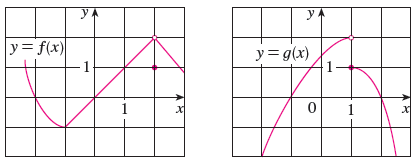


The Graphs Of F And G Are Given Use Them To Evaluate Each Limit If It Exists If An Answer Does Not Exist Enter Dne Wyzant Ask An Expert
( ǂ Ԃ ) ̃C X g A C X g f { 摜 N b N ƁA ʑ J ̃C X g \ ܂ B( C X g ͑S jpg 摜)Q1() ( )x,t =g x−ct (1a) or q2 ( )x,t = f xct, (1b) where c is some positive constant1 The constant c is the speed of propagation of the wave The wave in Eq (1a) propagates in the positive xdirection, while the wave in Eq (1b) propagates in the negative xdirection Now the functions g and f in EqC X g ^ { f B P A @ F s { s h 318 @ 啟 r PF B TEL waisu@quartzocnnejp
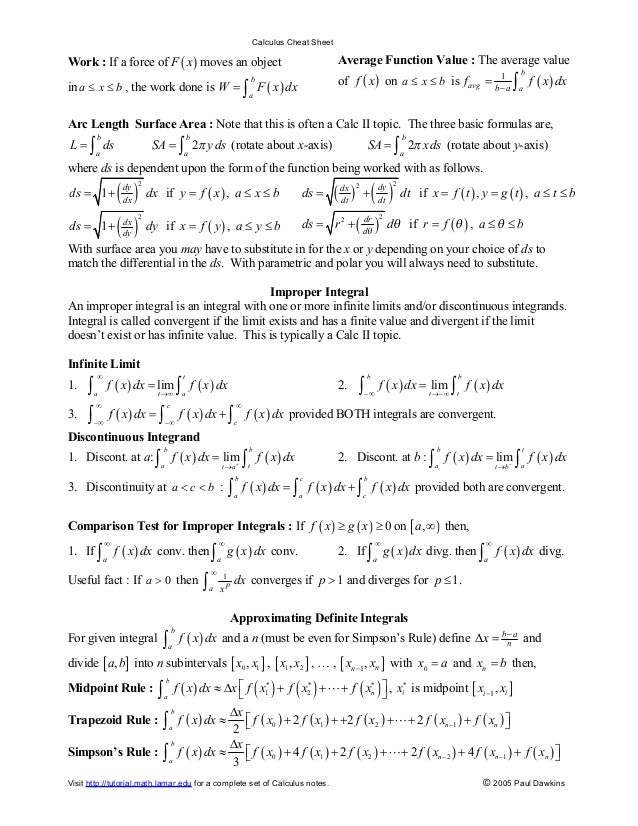


Calculus Cheat Sheet Integrals


How To Use The Squeeze Theorem Krista King Math Online Math Tutor
ŏZ E f f i z C X y N V j A s A l X g ̒S ̃I t B X ̏Љ B s ̈ꋉ z m B y ꌧ ɑΉ zZ y W e v g i t b V j E o i t j A ʐ^ f ށA t b V f ށAHP 쐬 ̂ ߂̃t f ނ z z Ă ܂ B ̃y W ł͋G ߂̃C x g Ȃǂ̎ʐ^ f ނ z z Ă ܂ BApr 24, 17 · In order to find what value (x) makes f(x) undefined, we must set the denominator equal to 0, and then solve for x f(x)=3/(x2);



Calculus Cheat Sheet Integrals



Relational Database Design Theory Ppt Download
The Fokker CX was a Dutch biplane scout and light bomber designed in 1933 It had a crew of two (a pilot and an observer)GBF(Golf Business Federation) Ƃ́A S t @ 琬 Ɋւ w v O ̌ E J A S t @ y уC X g N ^ ̋ A S t J Ȃǂ̊ Ă NGF(National Golf Foundation č S t c j y o ꂽ C X g N ^ ɂ āA S t ̕ y A W j A ̌ S 琬X ܉Ƌ ̃\ S J ^ O T C g B n 38 N ̊ Њ֓ t @ j ` ^ c \ S ̖L x ȏ i Q ̒ A D ݂̏ i I тɂȂ ܂ B



Help Needed With Calculus Question Wyzant Ask An Expert



Calculus Cheat Sheet
L b g N E Z L e B S ҂ɖ₢ 킹 āA T o F ̐ڑ ɕK v ǂ m F Ă B T o F s v ȏꍇ ́A Z b V ̒ ` ɃT o F v Ȃ ł B T o F K v ȏꍇ ́A T o ̏ؖ ̃T u W F N g E t B h ɂ 鋤 ʖ T o ̃l b g N Ɠ łȂ Ȃ ܂ BC F E t F j b N X F O C t B A E L t O X F Z t H E B A ^ FIn this *improvised* video, I show that if is a function such that f(xy) = f(x)f(y) and f'(0) exists, then f must either be e^(cx) or the zero function It'



Pdf How Tides And Rivers Determine Estuarine Bathymetry
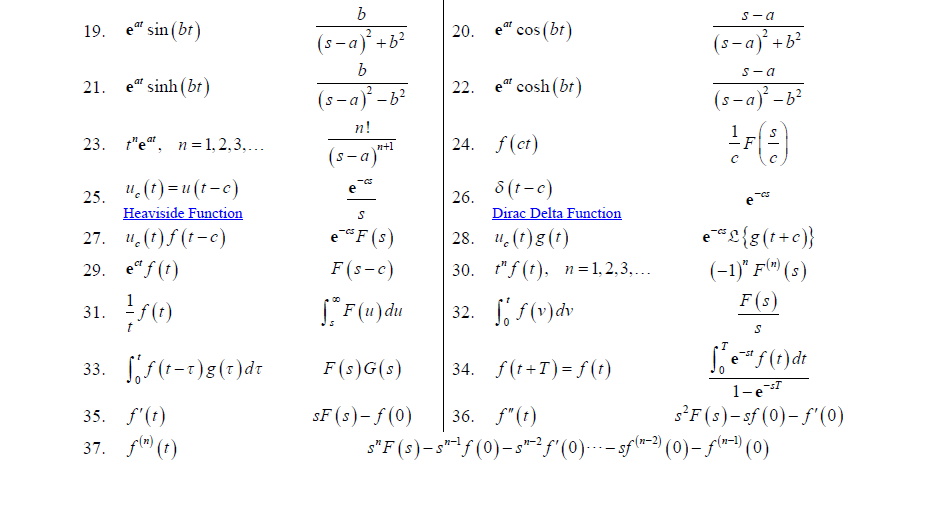


Solved Find The Laplace Transform Of The Function F T Chegg Com
F(t)dt This value is f(x) (b) d dx Z b a f(t)dt This value is zero (it's the derivative of a constant) (c) Z b a d dx f(x)dx This value is f(b)−f(a) (d) Z b a f(x)dt This is a little tricky since the integral is in terms of t, but f is an expression in x, it will be constant with respect to t The answer f(x)(b−a) 3 Evaluate, whereA E ^ t f M Ȃ C X g ɂ C B A E ^ t H A t H ̃C X g ł B @ \ ŗD ꂽ A E ^ t H Ȃ A Z ݎ ̖ _ s ܂ B C E ^ ͐l E ƁE ɂ₳ D ꂽ Ă A ܂ ꔭ A ̍d E ^ t H ̂ ߁A ʂ ȖʁE ɂ ܂ X L } ȂǁA l X ȏ ł _ ɑΉ ł ܂ B @ \ ͂ǂ ȃ^ C v ̖ؑ Z ł \ ɔ ł 傤 B ͊m ȋZ p ƒ J Ȏ{ H Ɏ M ܂ B A E ^ t H A V z @ t H Ȃ C X g ɂ C B`f'(c)` is the derivative of `f` at `x = c` `f'(c)` is slope of the line tangent to the `f`graph at `x = c` `f'(c)` is the instantaneous rate of change of `f` at `x = c` In this applet we move from thinking about the derivative of `f` at a point, to thinking about the derivative function
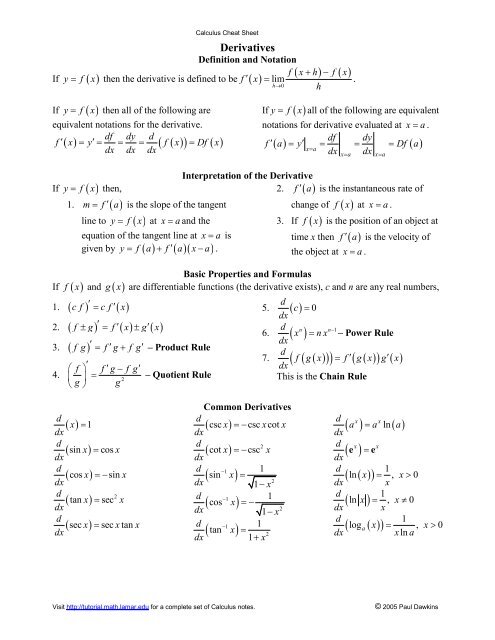


Calculus Cheat Sheet Derivatives Pauls Online Math Notes



Pdf Generalized Taylor S Formula
You can put this solution on YOUR website!F(x) = ∫ x a f(t)dt and its derivative with respect to x The only way to compute this derivative is via the definition F · (x) = lim h œ 0 F(xh) F(x) h = lim hœ0 ∫xh a f(t)dt ∫ x a f(t)dt h Since the numerator in the fraction is the difference oftwoareas, we can rewrite the limit = lim hœ0 ∫xh x f(t)dt h (1) Recall theThanks for contributing an answer to Mathematics Stack Exchange!



Realanalysisbartlesherbert Pages 151 0 Flip Pdf Download Fliphtml5



Pdf On Generating T X Family Of Distributions Using Quantile Functions



A T D Th A1 F X D Th Xsin X D Th G X D Th 1 16 Xsin X D Th C T S D Download Scientific Diagram



Worked Example Arc Length Video Khan Academy



Exercise 8 Take The Model Y M X E M X Th Chegg Com
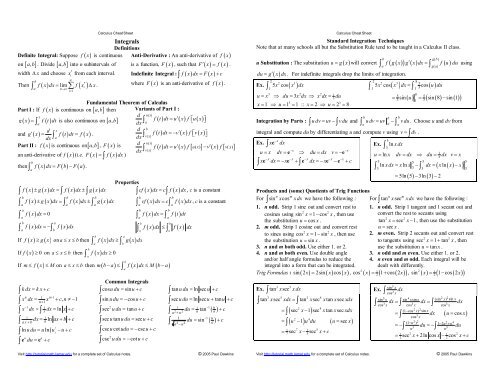


Integrals Cheat Sheet Reduced Pauls Online Math Notes
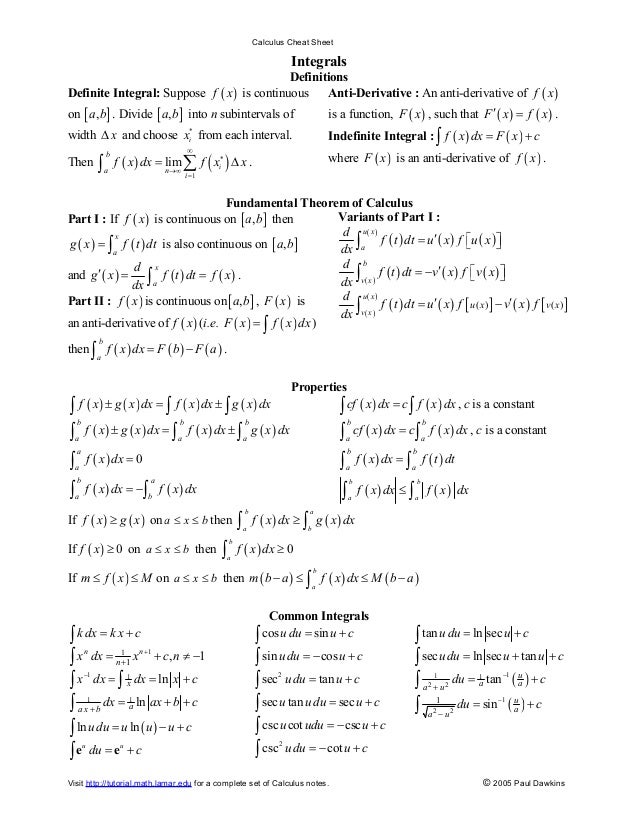


Calculus Cheat Sheet Integrals



Problem 1 Consider The Constrained Minimization P Chegg Com
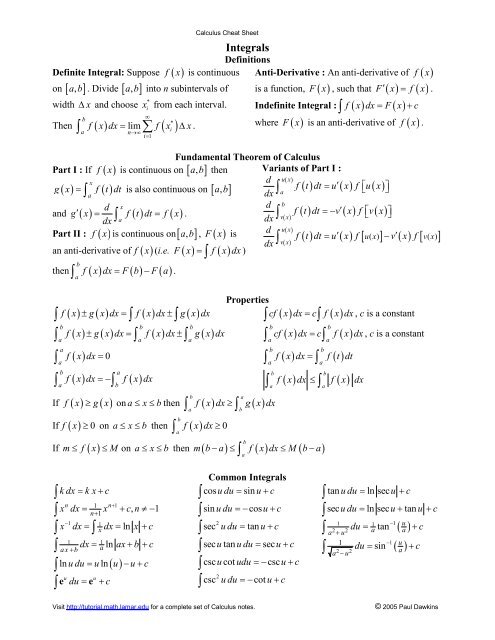


Integrals Cheat Sheet Pauls Online Math Notes



Genome Wide Crispr Screens In T Helper Cells Reveal Pervasive Crosstalk Between Activation And Differentiation Sciencedirect
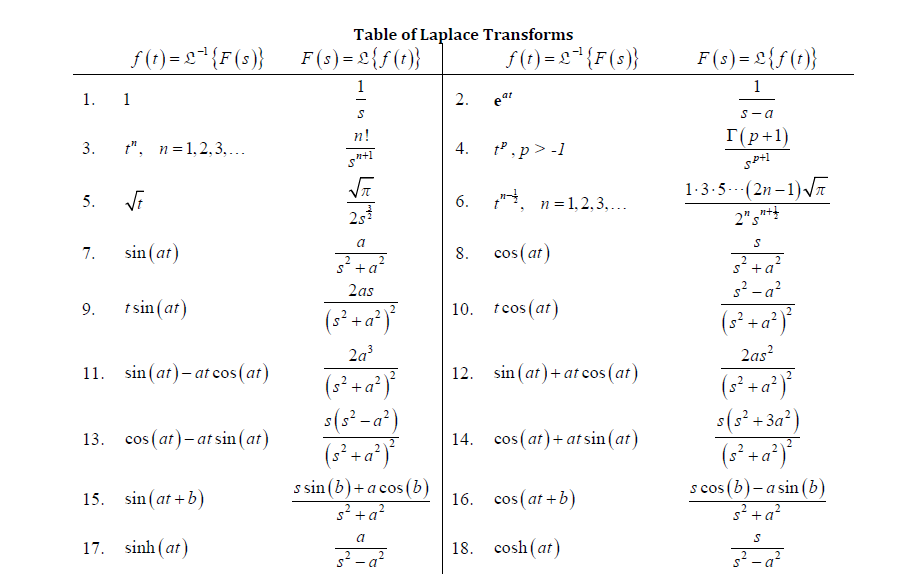


Solved Find The Laplace Transform Of The Function F T Chegg Com
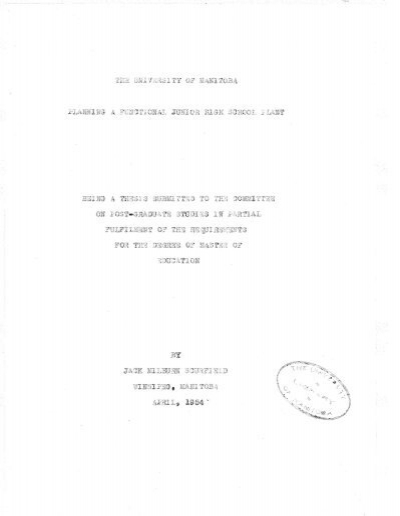


無料ダウンロード Ayi Cxg Q Aep 人気の新しい最高の壁紙無料hhd



Plane Region Representing The Spatial Source Distribution Of Download Scientific Diagram



Pdf Crystallization Behavior Of Fatty Acid Methyl Esters



Calculus Cheat Sheet



Realanalysisbartlesherbert Pages 151 0 Flip Pdf Download Fliphtml5
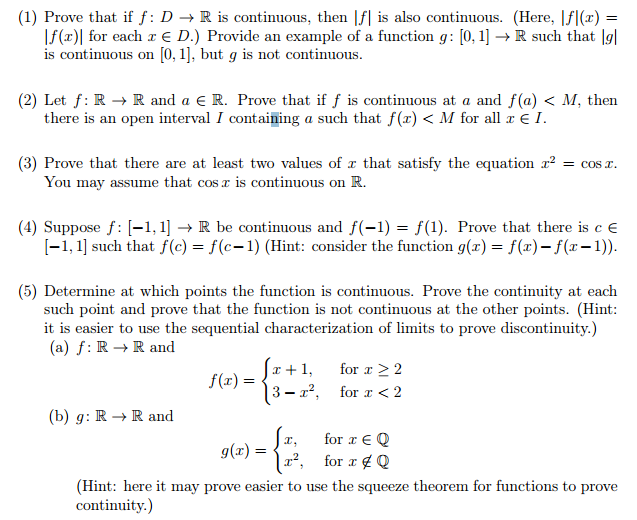


Prove That If F D Rightarrow R Is Continuous Then Chegg Com



A Tutorial On Data Representation Integers Floating Point Numbers And Characters



Pdf A Quantum Engineer S Guide To Superconducting Qubits
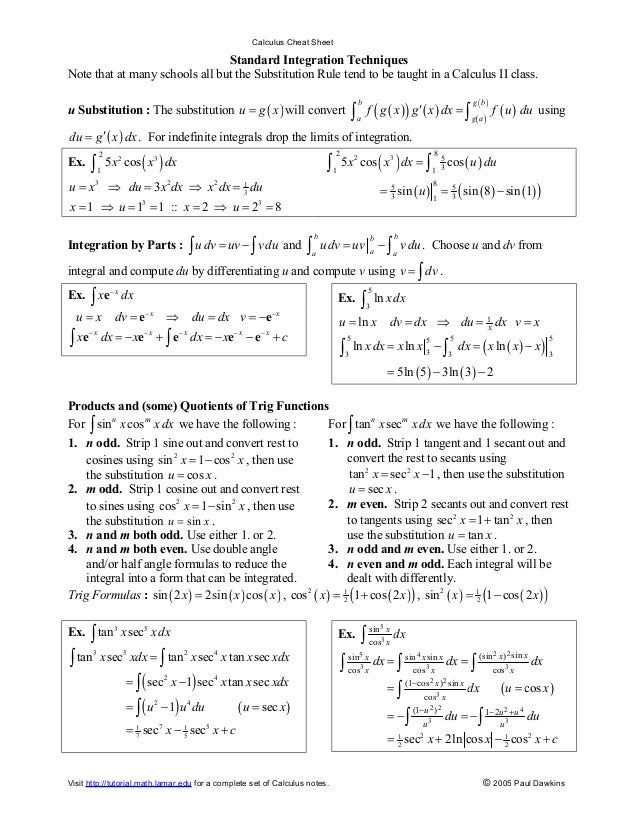


Calculus Cheat Sheet Integrals



Parametric Equations Differentiation Video Khan Academy


C Span Org National Politics History Nonfiction Books



Second Derivatives Parametric Functions Video Khan Academy


C Span Org National Politics History Nonfiction Books



Pdf A Novel Role Of The Cx 3 Cr1 Cx 3 Cl1 System In The Cross Talk Between Chronic Lymphocytic Leukemia Cells And Tumor Microenvironment
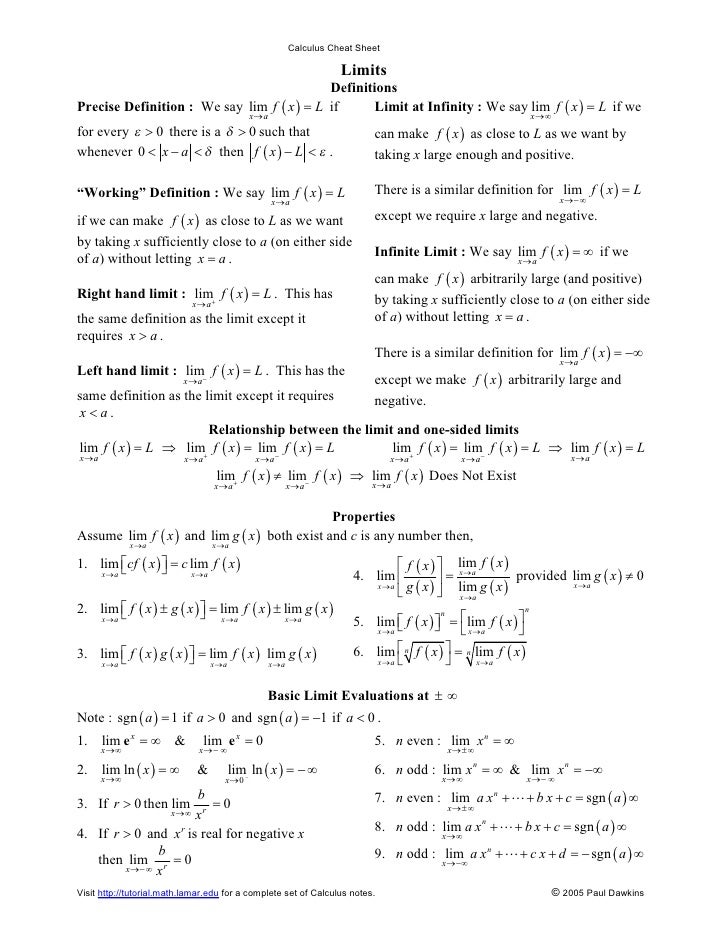


Calculus Cheat Sheet All
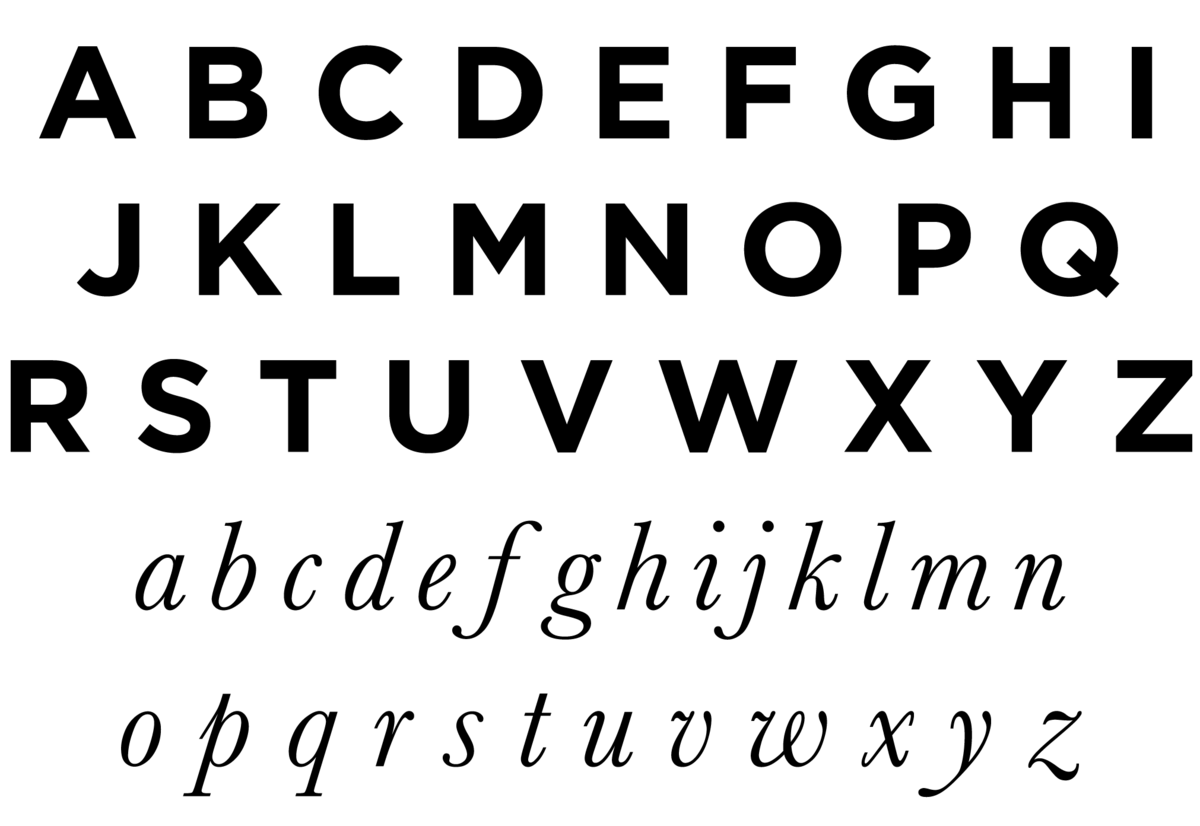


Latin Script Wikipedia



Pdf Solutions To Skill Assessment Exercises Chapter 2 2 1 Leonardo Correa Academia Edu
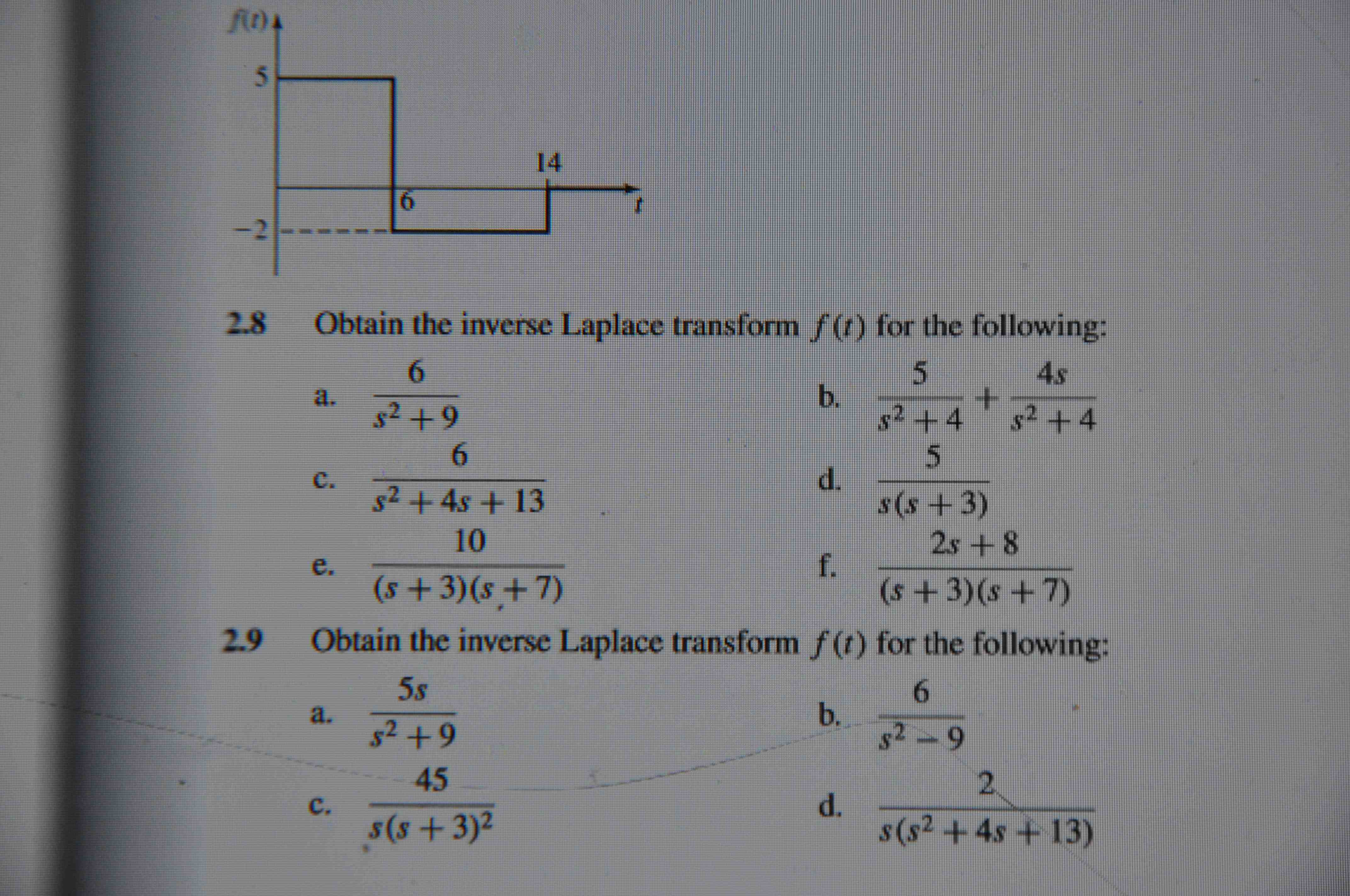


Solved Obtain The Inverse Laplace Transforms F T For The Chegg Com



Chap 06 Real Analysis Riemann Stieltjes Integral Integral Real Analysis
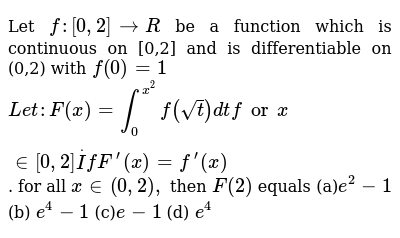


Let F 0 2 R Be A Function Which Is Continuous On 0 2 And I



Multivariable Chain Rule Simple Version Article Khan Academy


75ofnap4gk J0m



Learning Objective Assessment C6 Version 2 Math2603 Discrete Mathematics C6 I Can Compute Conditional Probabilities And Homeworklib



Pdf Synthesis Of An Efficient Adsorbent Hydrogel Based On Biodegradable Polymers For Removing Crystal Violet Dye From Aqueous Solution Cellulose Accepted 18


Functions Inverse And Composite Functions



Please Help Me With This Calculus Question About Average Value Of A Function Video Or Nice Explanation Wyzant Ask An Expert
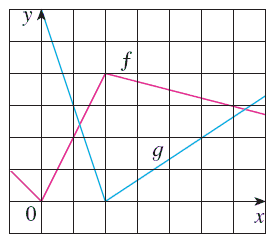


If F And G Are The Functions Whose Graphs Are Shown Let U X F G X V X G F X And W X G G X Find Each Derivative Wyzant Ask An Expert



Realanalysisbartlesherbert Pages 151 0 Flip Pdf Download Fliphtml5



Altgr Key Wikipedia
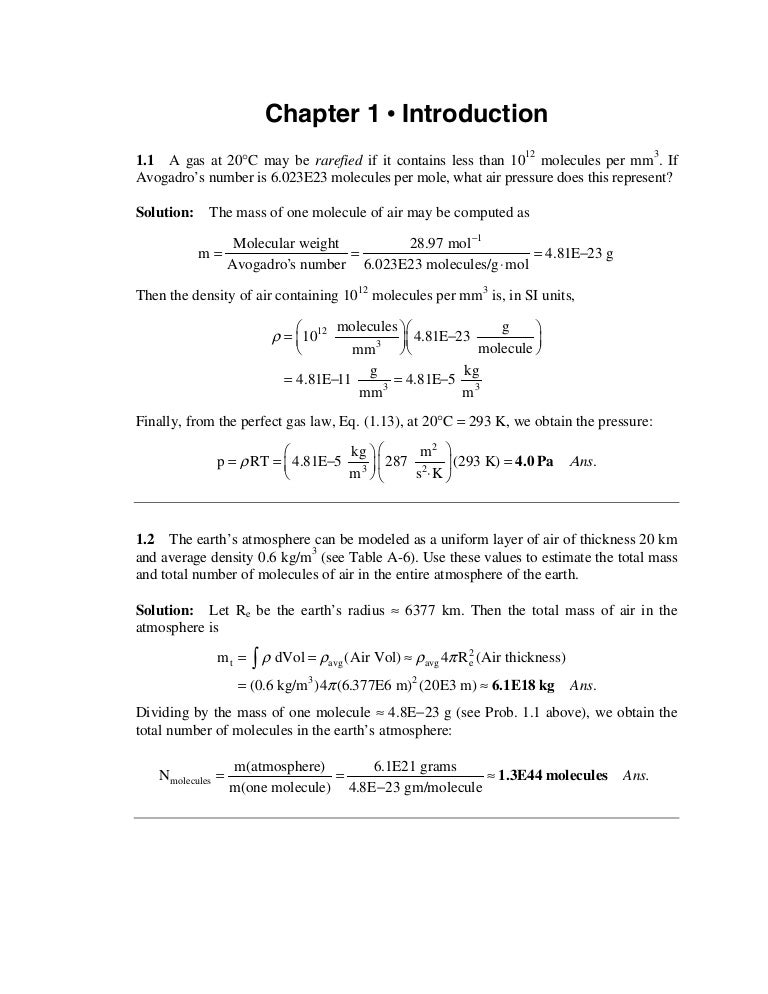


Solucionario De Fluidos White
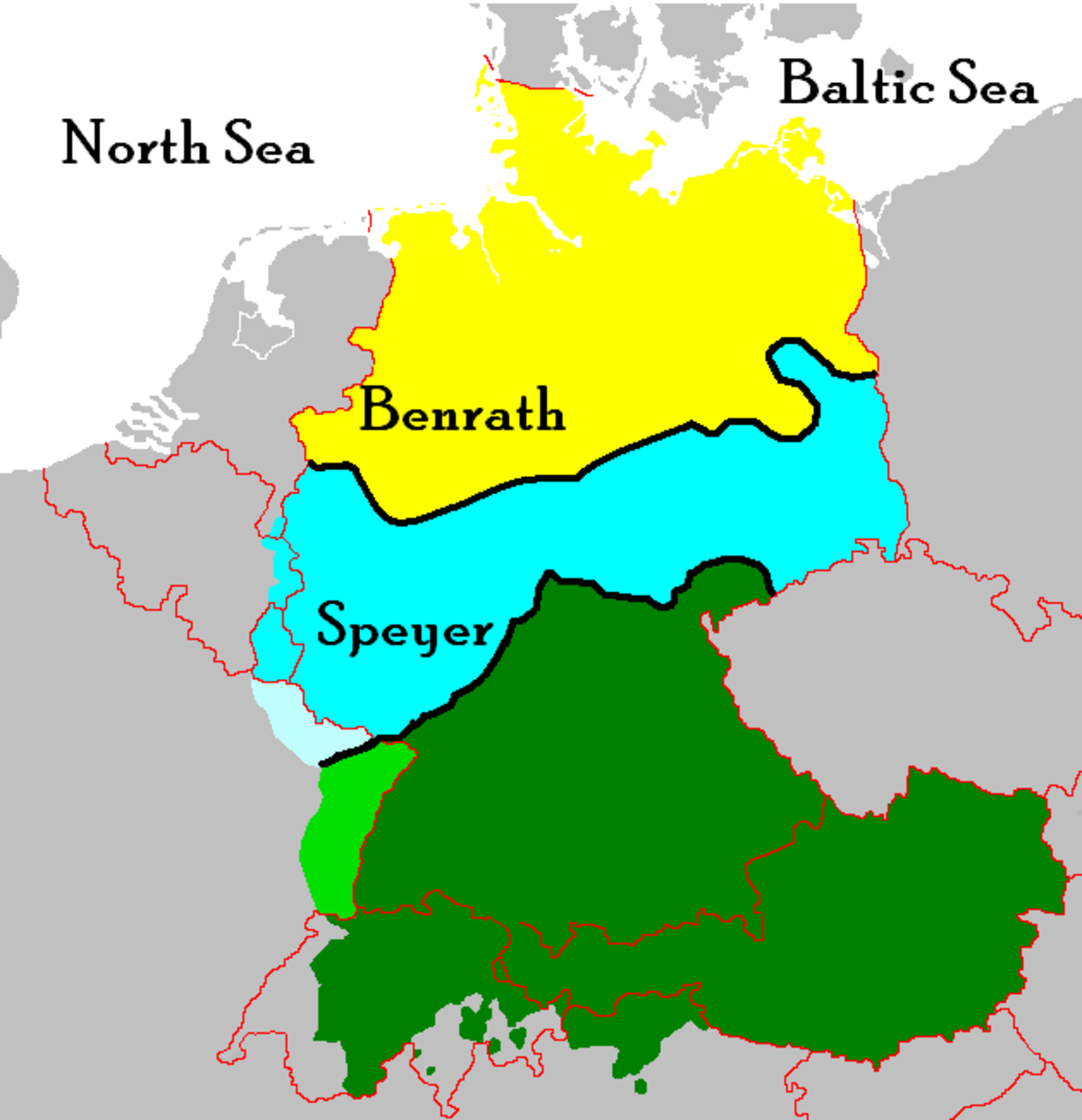


High German Consonant Shift Wikipedia
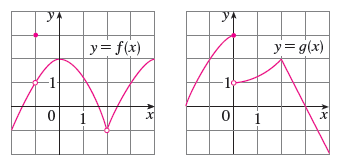


Lim X 2 F X G X B Lim X 0 F X G X C Lim X 1 F X G X D Lim X 3 F X G X E Lim X 2 X2f X F F 1 Lim X 1 G X Wyzant
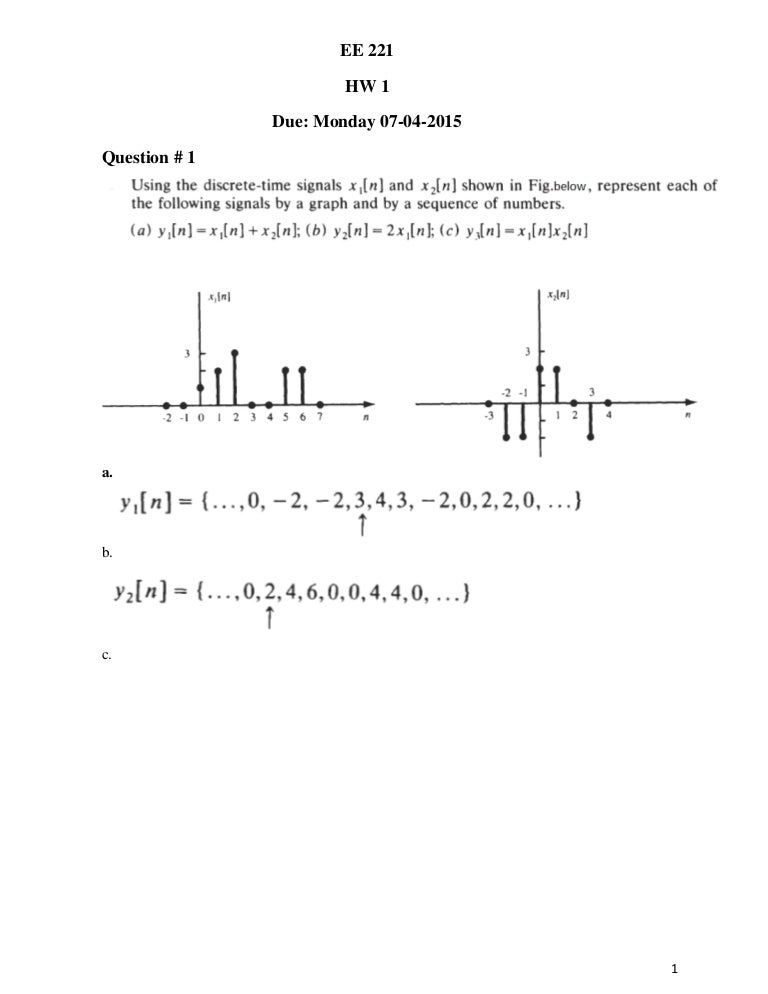


Hw1 Solution



Thorn Letter Wikipedia
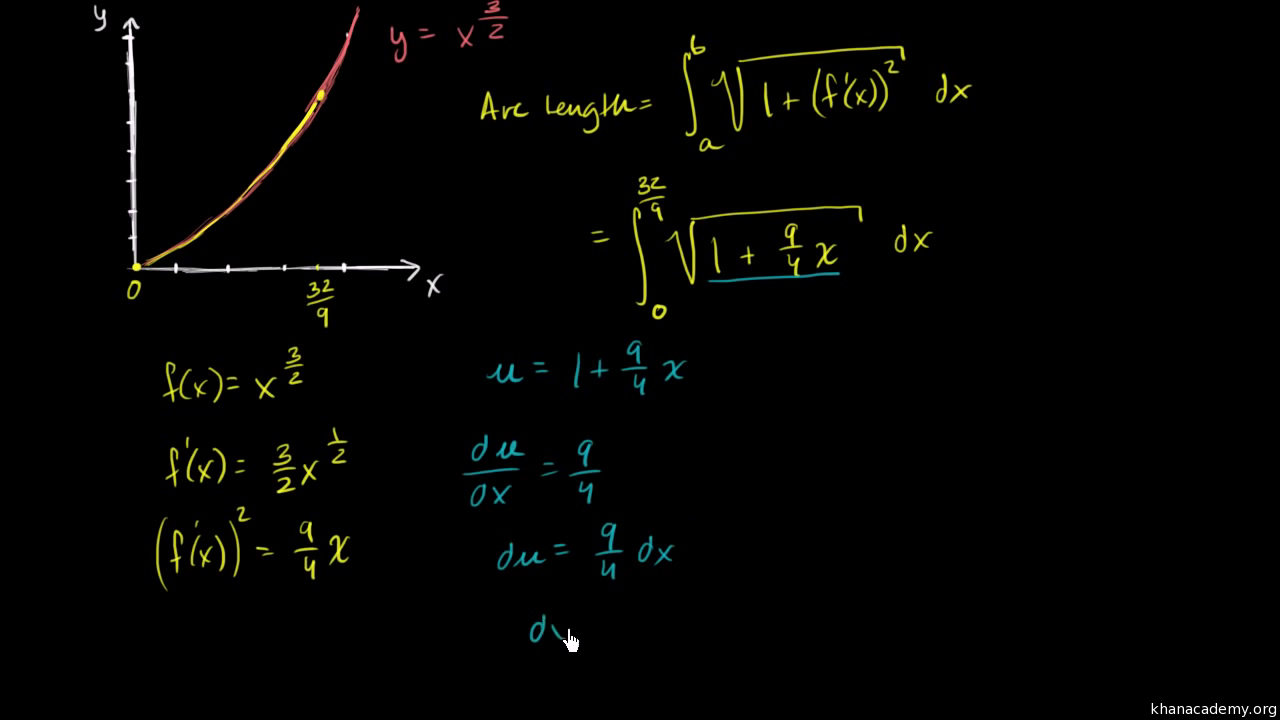


Worked Example Arc Length Video Khan Academy



This Is All There Is To The Question 1 11 Find All Polynomial Solutions P T X Of Homeworklib



Calculus Cheat Sheet Integrals Trigonometric Functions Sine
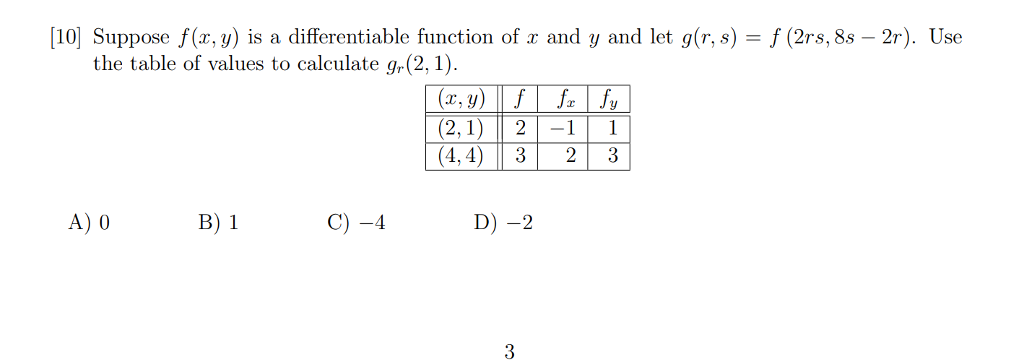


Solved 10 Suppose F X Y Is A Differentiable Function O Chegg Com



コメント
コメントを投稿